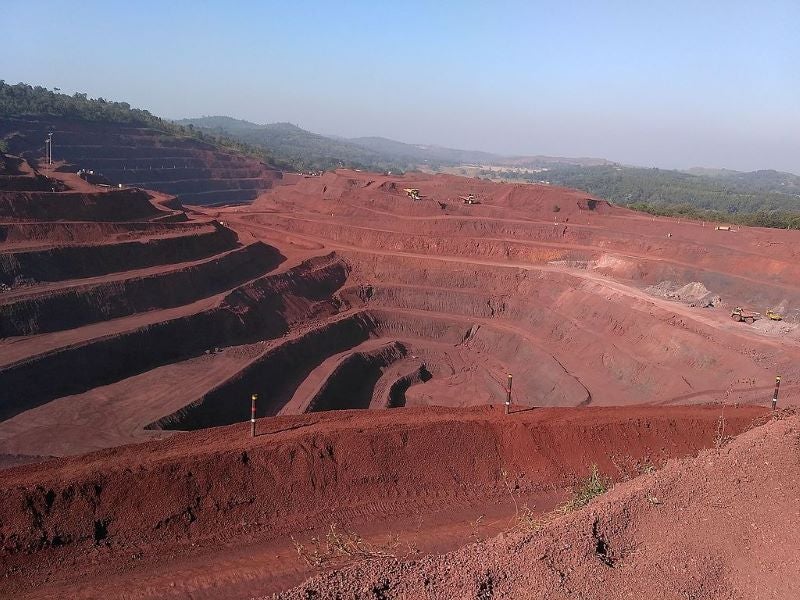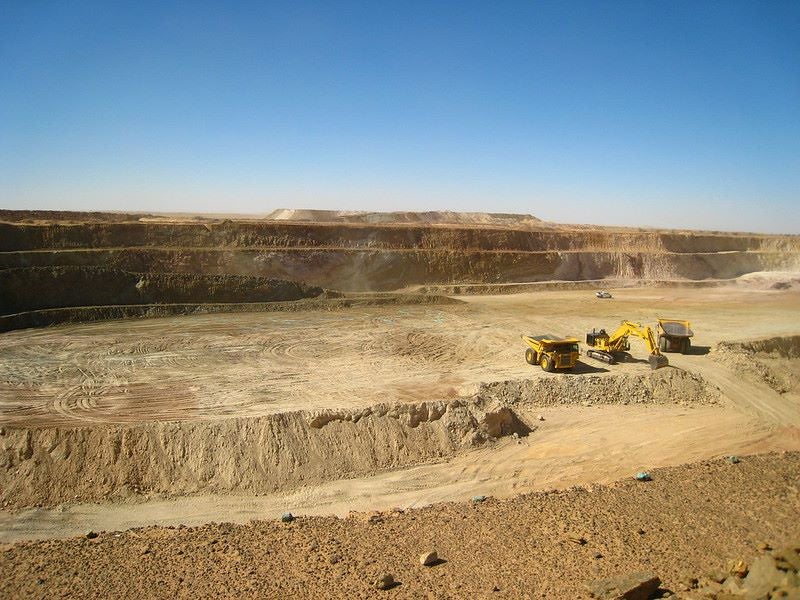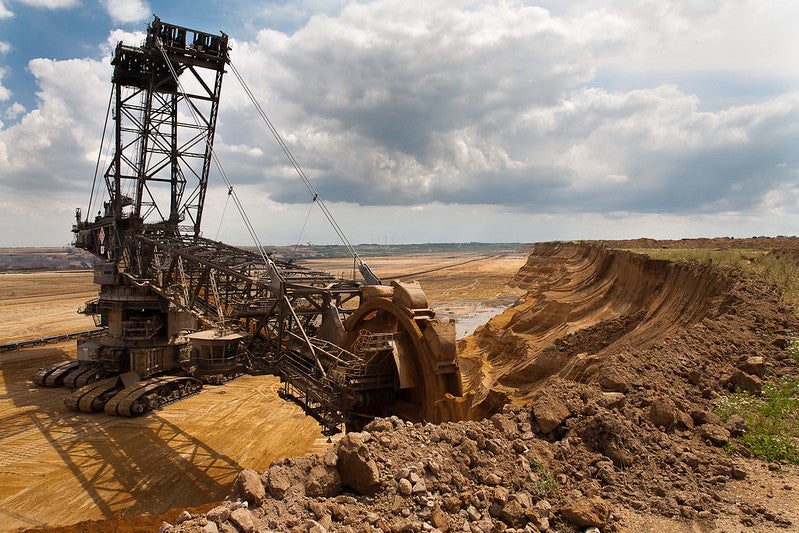The Dominga iron and copper mining project involves the construction of two open-pit mines, a mineral processing plant, a water desalination plant, as well as a seaport shipping terminal in the town of Totoralillo Norte, Chile.
The project is owned and proposed to be developed by Andes Iron, which acquired the iron-copper property from Mineria Activa in December 2010.
The Dominga project, due to its proximity to environmentally sensitive areas, has been subject to legal battles and prolonged environmental evaluations over the past several years.
Although Andes Iron was denied the key permits for the £1.8bn ($2.5bn) project by a regulator earlier, the company heaved a sigh of relief after the First Environmental Court of Antofagasta, Chile ordered the regional environmental assessment commission to re-evaluate the environmental impact assessment study of the Dominga mining project in a decision in April 2021. The Chilean Supreme Court had directed the environmental tribunal to review the mining project in September 2019.
The company hopes to commence the construction phase of the project in the second half of 2021 after meeting the requirements set by the court.
The Dominga project is expected to produce up to 12 million tonnes per annum (Mtpa) of iron concentrate and 150,000 tonnes per annum (tpa) of copper concentrate over an estimated mine life of approximately 22 years.
Location and discovery
The Dominga iron-copper property is situated in the El Tofo mining district, approximately 16km northeast of La Higuera, in the north-central Coquimbo region, Chile. The marine terminal for the mining project will be constructed at Totoralillo Norte.
The Dominga iron and copper deposits were discovered in 2006.
Dominga project components
The Dominga project involves the development of two open-pit mines, namely the North and the South pits, an on-site processing facility to produce iron and copper concentrate, a desalination plant, as well the construction of a seaport shipping terminal at Totoralillo Norte.
Mining and processing
The conventional open-pit mining method involving drill-blast-load-and-haul operations will be employed to extract ore from the two open-pits of the project.
The extracted ore from the mine will be trucked to a nearby processing complex for the production of iron and copper concentrates, while the sterile material produced during the mining operation will be disposed of in a ballast tank.
The various facilities in the process area will include a primary crusher, a secondary crusher, a stockpile area, a ball mill, high pressure grinding rolls (HPGR), a wet milling facility, an iron concentrate plant, and a copper concentrate plant.
The project will also house a thickened tailings deposit and the plant will receive desalinated water from a desalination plant at Totoralillo through an underground pipeline. The desalination plant will also deliver water at a rate of five litres per second which will be processed to drinking water for the Commune of La Higuera.
The iron concentrate from the processing plant will be transported to the facilities near the marine terminal at Totoralillo through a 26km-long, 20in-diameter underground pipeline, while the copper concentrate will be transported by trucks to the port of Coquimbo.
The iron concentrate will undergo thickening and filtering processes at the Totoralillo marine terminal before being loaded on vessels.
The various facilities at the Totoralillo seaport terminal will include an iron concentrate filter plant, a desalination plant for treating seawater, stockpiles, closed conveyor belts, and mobile loaders.





